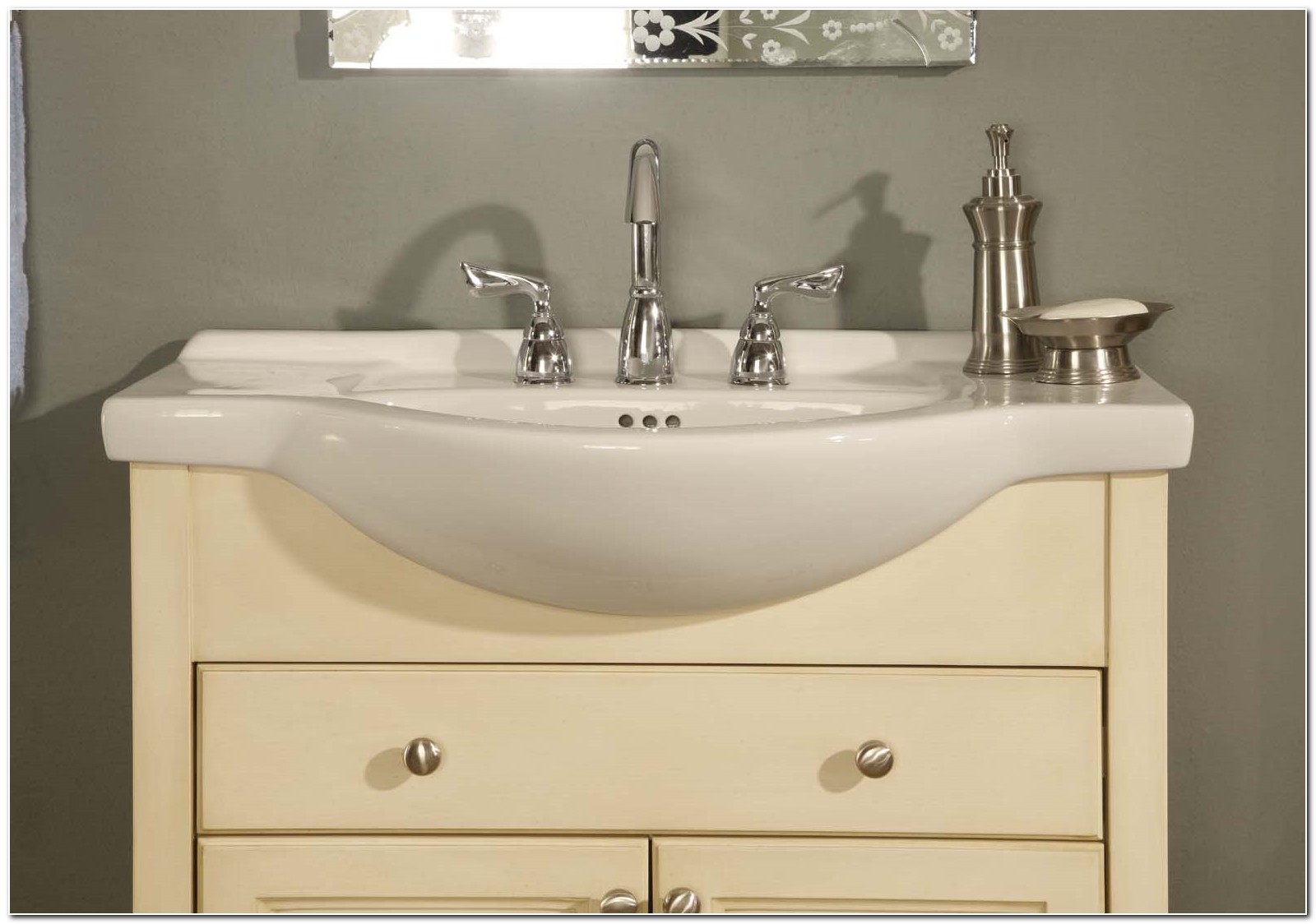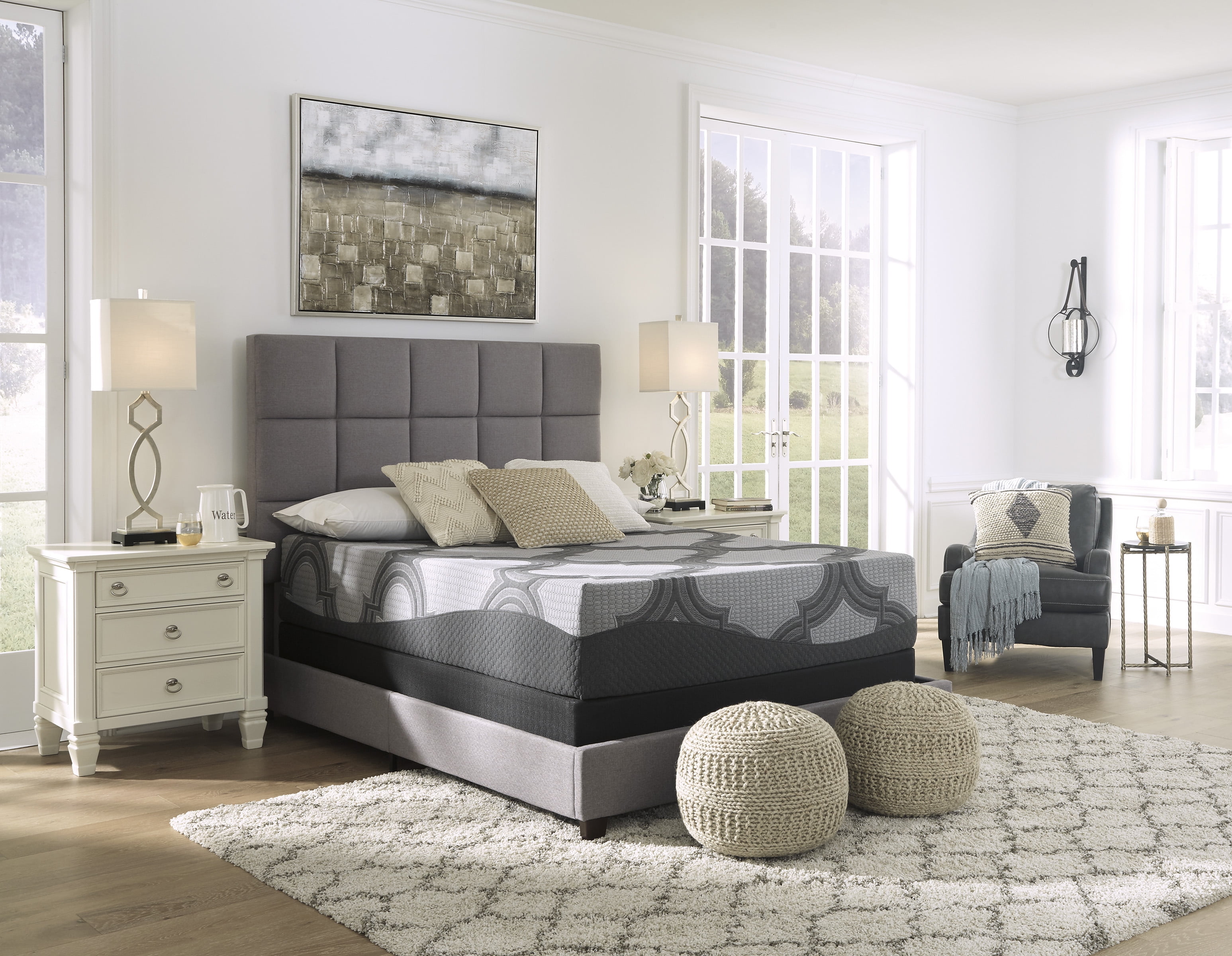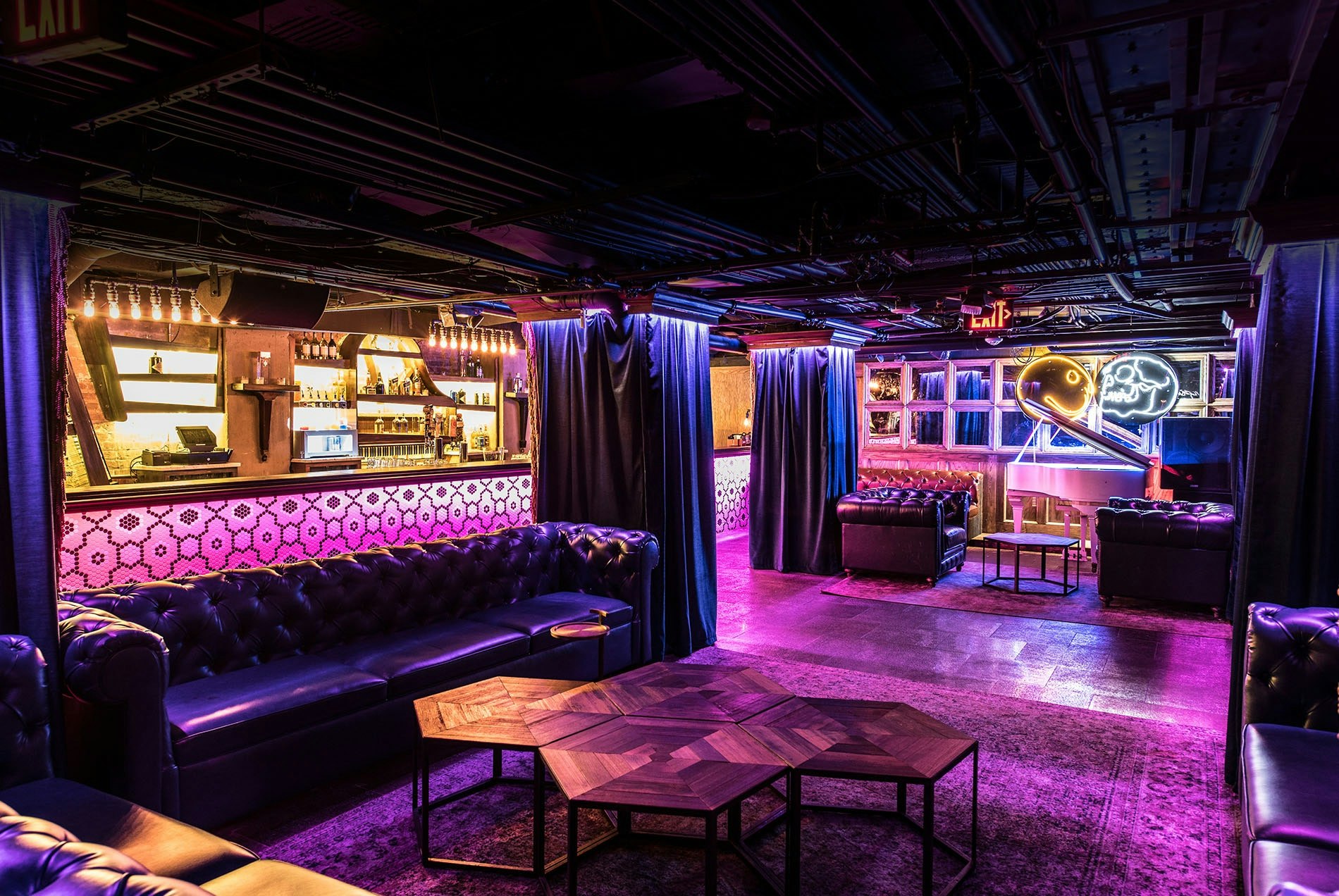The neutral color scheme is a classic and timeless choice for a dining room. It creates a calm and inviting atmosphere, making it perfect for hosting dinner parties and family gatherings. The key to a successful neutral color scheme is to incorporate different shades and textures to add depth and interest to the room. Neutral colors such as beige, cream, and gray are versatile and can work well with any style of dining room. For a more traditional look, pair these colors with wooden furniture and accents. For a modern twist, add metallic accents and sleek furniture. When using a neutral color scheme, it's important to pay attention to lighting. Adding warm and soft lighting can enhance the cozy feel of the room, while cool lighting can create a more elegant and sophisticated ambiance. Make sure to use natural light whenever possible to bring out the true tones of the neutral colors.Neutral color scheme for dining room
A warm color scheme is perfect for creating a cozy and inviting dining room. Colors such as red, orange, and yellow can add warmth and energy to the space, making it a welcoming place for family and friends to gather. These colors are also known to stimulate the appetite, making them an ideal choice for a dining room. When using warm colors, it's important to balance them out with neutral tones to avoid overwhelming the room. A good way to do this is by using warm colors as accents, such as through artwork, curtains, or table settings. Warm colors also work well with natural elements such as wood and stone. The combination of warm colors and natural materials can create a rustic and inviting atmosphere in the dining room.Warm color scheme for dining room
If you want a dining room that exudes elegance and sophistication, a cool color scheme is the way to go. Blue, green, and purple are all cool colors that can create a calm and serene atmosphere in the dining room. These colors are also known to have a relaxing effect, making them perfect for enjoying a meal after a long day. When using cool colors, it's important to balance them out with warm tones to avoid creating a cold and unwelcoming space. Incorporate warm accents through textiles, such as pillows or a rug, or through wooden furniture. Cool colors also work well with metallic accents, such as silver or gold, which can add a touch of luxury and glamour to the dining room.Cool color scheme for dining room
A monochromatic color scheme involves using different shades of the same color in a room. This creates a cohesive and harmonious look, making it a popular choice for a dining room. Gray, beige, and blue are all great options for a monochromatic color scheme. The key to a successful monochromatic color scheme is to play with different textures and patterns to add interest to the room. For example, you can pair a smooth and sleek dining table with a textured rug or curtains. This will prevent the room from looking flat and one-dimensional. Another tip for using a monochromatic color scheme is to incorporate pops of color through artwork or decorative accents. This will add a touch of vibrancy and prevent the room from looking too muted.Monochromatic color scheme for dining room
A complementary color scheme involves using colors that are opposite each other on the color wheel, such as blue and orange, or red and green. This creates a bold and eye-catching look, perfect for a dining room that wants to make a statement. When using a complementary color scheme, it's important to use one color as the dominant color and the other as an accent. This will prevent the colors from competing with each other and create a more balanced look. Using a complementary color scheme in a dining room can be a fun and creative way to add personality to the space. Be adventurous and experiment with different color combinations to find the perfect one for your dining room.Complementary color scheme for dining room
An analogous color scheme involves using colors that are next to each other on the color wheel, such as blue, green, and purple. This creates a harmonious and cohesive look, making it a popular choice for a dining room. When using an analogous color scheme, it's important to vary the shades and tones of the colors to add depth and interest to the room. For example, you can use a dark shade of blue for the walls, a lighter shade of green for the curtains, and a pop of purple through decorative accents. Using an analogous color scheme in a dining room can create a soothing and relaxing atmosphere, perfect for enjoying a meal with loved ones.Analogous color scheme for dining room
A triadic color scheme involves using three colors that are evenly spaced on the color wheel, such as blue, yellow, and red. This creates a vibrant and energetic look, making it a great choice for a dining room that wants to make a bold statement. When using a triadic color scheme, it's important to use one color as the dominant color and the other two as accents. This will prevent the colors from overwhelming the room and create a more balanced look. Using a triadic color scheme in a dining room can be a fun and playful way to add personality to the space. Be bold and experiment with different color combinations to find the perfect one for your dining room.Triadic color scheme for dining room
A tetradic color scheme involves using four colors that are evenly spaced on the color wheel, such as blue, green, red, and yellow. This creates a vibrant and dynamic look, making it a great choice for a dining room that wants to make a statement. When using a tetradic color scheme, it's important to use one color as the dominant color and the other three as accents. This will prevent the colors from competing with each other and create a more harmonious look. Using a tetradic color scheme in a dining room can be a fun and creative way to add personality to the space. Experiment with different color combinations to find the perfect one for your dining room.Tetradic color scheme for dining room
A split-complementary color scheme involves using a base color and two colors adjacent to its complementary color, such as blue, red-orange, and yellow-orange. This creates a more subtle and balanced look, making it a great choice for a dining room that wants to incorporate a bold color without it being too overwhelming. When using a split-complementary color scheme, it's important to use the base color as the dominant color and the two adjacent colors as accents. This will create a harmonious and balanced look in the dining room. Using a split-complementary color scheme in a dining room can be a great way to add a pop of color without it being too overpowering. Experiment with different color combinations to find the perfect one for your dining room.Split-complementary color scheme for dining room
A double-complementary color scheme involves using two complementary colors and their adjacent colors, such as blue, orange, yellow, and purple. This creates a bold and vibrant look, making it a great choice for a dining room that wants to make a statement. When using a double-complementary color scheme, it's important to use one color as the dominant color and the other three as accents. This will prevent the colors from overwhelming the room and create a more balanced look. Using a double-complementary color scheme in a dining room can be a fun and creative way to add personality to the space. Be daring and experiment with different color combinations to find the perfect one for your dining room.Double-complementary color scheme for dining room
Choosing the Perfect Color Scheme for Your Dining Room

Create a Welcoming Atmosphere
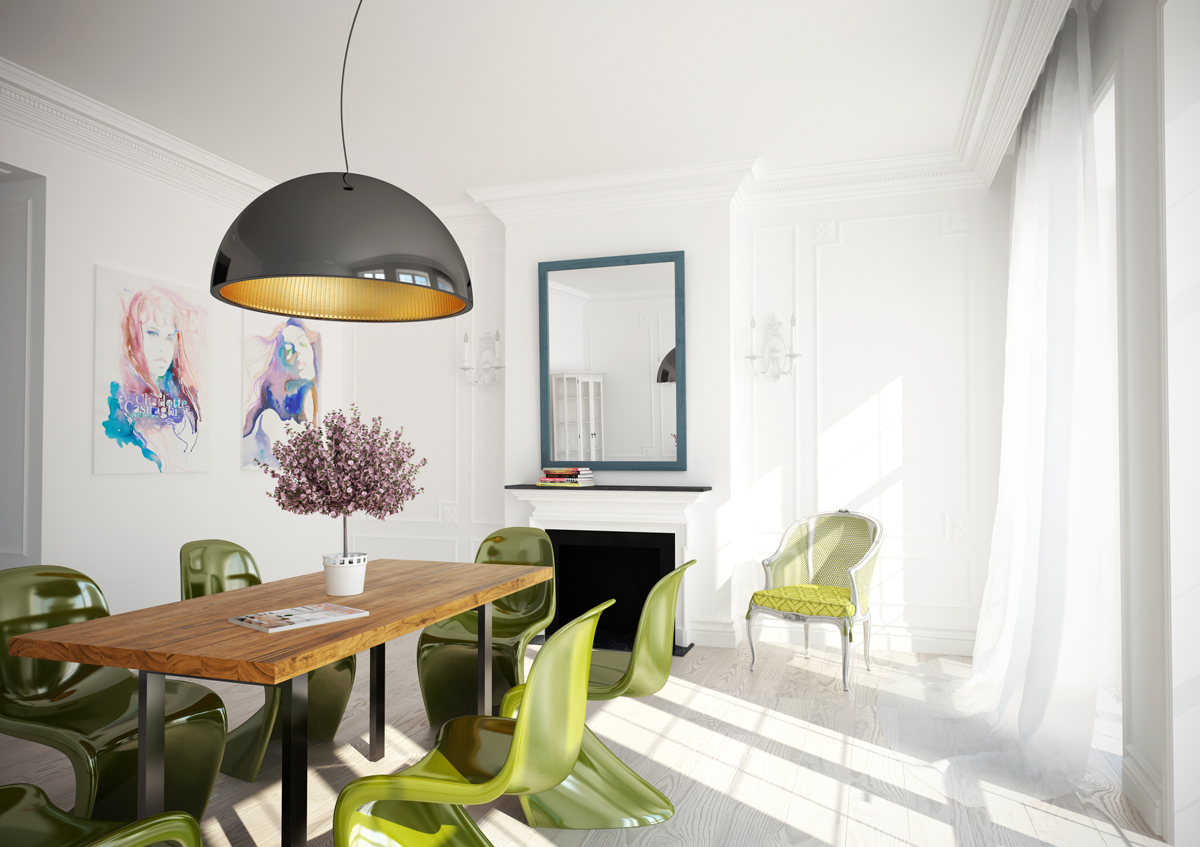 When it comes to designing your dining room, one of the most important factors to consider is the color scheme. The right color scheme can make or break the overall look and feel of your space. It can set the tone for your meals and create a welcoming atmosphere for your guests. So, how do you choose the perfect color scheme for your dining room?
There are a few key things to keep in mind.
When it comes to designing your dining room, one of the most important factors to consider is the color scheme. The right color scheme can make or break the overall look and feel of your space. It can set the tone for your meals and create a welcoming atmosphere for your guests. So, how do you choose the perfect color scheme for your dining room?
There are a few key things to keep in mind.
Consider the Size of Your Dining Room
 Before you start choosing colors, it's important to take into account the size of your dining room.
If your dining room is on the smaller side, it's best to stick with lighter colors to create the illusion of a larger space.
Lighter colors reflect more light and can make a room feel more open. On the other hand, if you have a larger dining room, you have more flexibility to play with darker colors.
Darker colors can create a more intimate and cozy atmosphere in a larger space.
Before you start choosing colors, it's important to take into account the size of your dining room.
If your dining room is on the smaller side, it's best to stick with lighter colors to create the illusion of a larger space.
Lighter colors reflect more light and can make a room feel more open. On the other hand, if you have a larger dining room, you have more flexibility to play with darker colors.
Darker colors can create a more intimate and cozy atmosphere in a larger space.
Think About the Natural Lighting
:max_bytes(150000):strip_icc()/dining-room-color-scheme-gold-583dd1ba3df78c6f6a29bf70.png) The amount of natural light your dining room receives should also be a factor in your color scheme decision.
If your dining room gets a lot of natural light, you may want to opt for cooler colors like blues and greens to balance out the brightness.
If your dining room is lacking in natural light, warmer colors like yellow and orange can help add warmth and brightness to the space.
It's also important to consider the direction your windows face.
Rooms that face north tend to receive cooler light, while rooms that face south receive warmer light.
The amount of natural light your dining room receives should also be a factor in your color scheme decision.
If your dining room gets a lot of natural light, you may want to opt for cooler colors like blues and greens to balance out the brightness.
If your dining room is lacking in natural light, warmer colors like yellow and orange can help add warmth and brightness to the space.
It's also important to consider the direction your windows face.
Rooms that face north tend to receive cooler light, while rooms that face south receive warmer light.
Choose a Color Palette
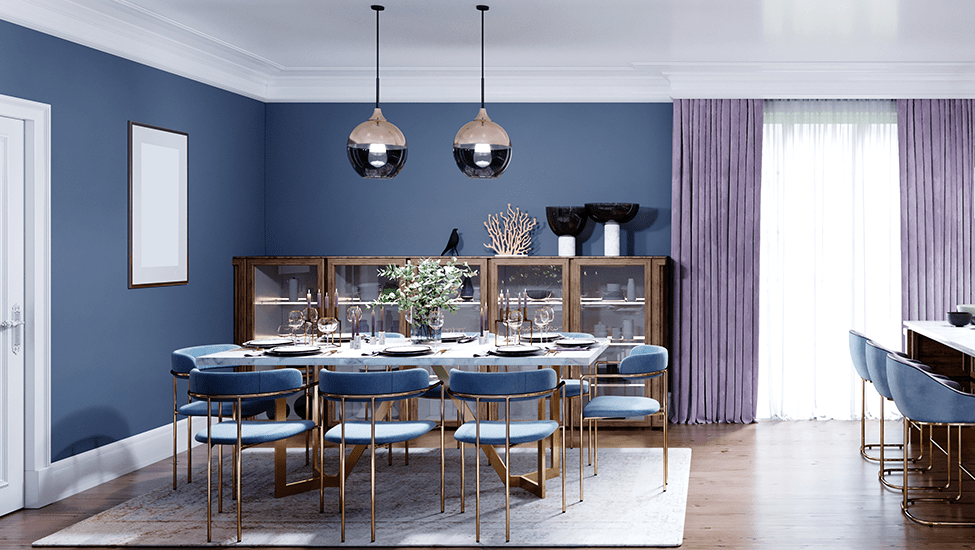 Once you've taken into account the size and lighting of your dining room, it's time to choose a color palette.
A popular and timeless color scheme for dining rooms is a combination of neutrals and one bold accent color.
Neutrals like white, beige, and gray can act as a base for your space, while a bold color like red, navy, or even a deep purple can add a pop of personality.
Remember to consider the style of your dining room when choosing a color palette.
For example, a more traditional dining room may benefit from a classic color scheme of cream and gold, while a modern dining room could incorporate a bold color like emerald green or electric blue.
Once you've taken into account the size and lighting of your dining room, it's time to choose a color palette.
A popular and timeless color scheme for dining rooms is a combination of neutrals and one bold accent color.
Neutrals like white, beige, and gray can act as a base for your space, while a bold color like red, navy, or even a deep purple can add a pop of personality.
Remember to consider the style of your dining room when choosing a color palette.
For example, a more traditional dining room may benefit from a classic color scheme of cream and gold, while a modern dining room could incorporate a bold color like emerald green or electric blue.
Final Thoughts
 When it comes to designing your dining room, the color scheme is an important aspect to consider.
Remember to think about the size and natural lighting of your space, choose a color palette that fits your style, and don't be afraid to add a bold accent color for a pop of personality.
With these tips in mind, you can create a beautiful and inviting dining room that will be the perfect setting for many meals and memories to come.
When it comes to designing your dining room, the color scheme is an important aspect to consider.
Remember to think about the size and natural lighting of your space, choose a color palette that fits your style, and don't be afraid to add a bold accent color for a pop of personality.
With these tips in mind, you can create a beautiful and inviting dining room that will be the perfect setting for many meals and memories to come.

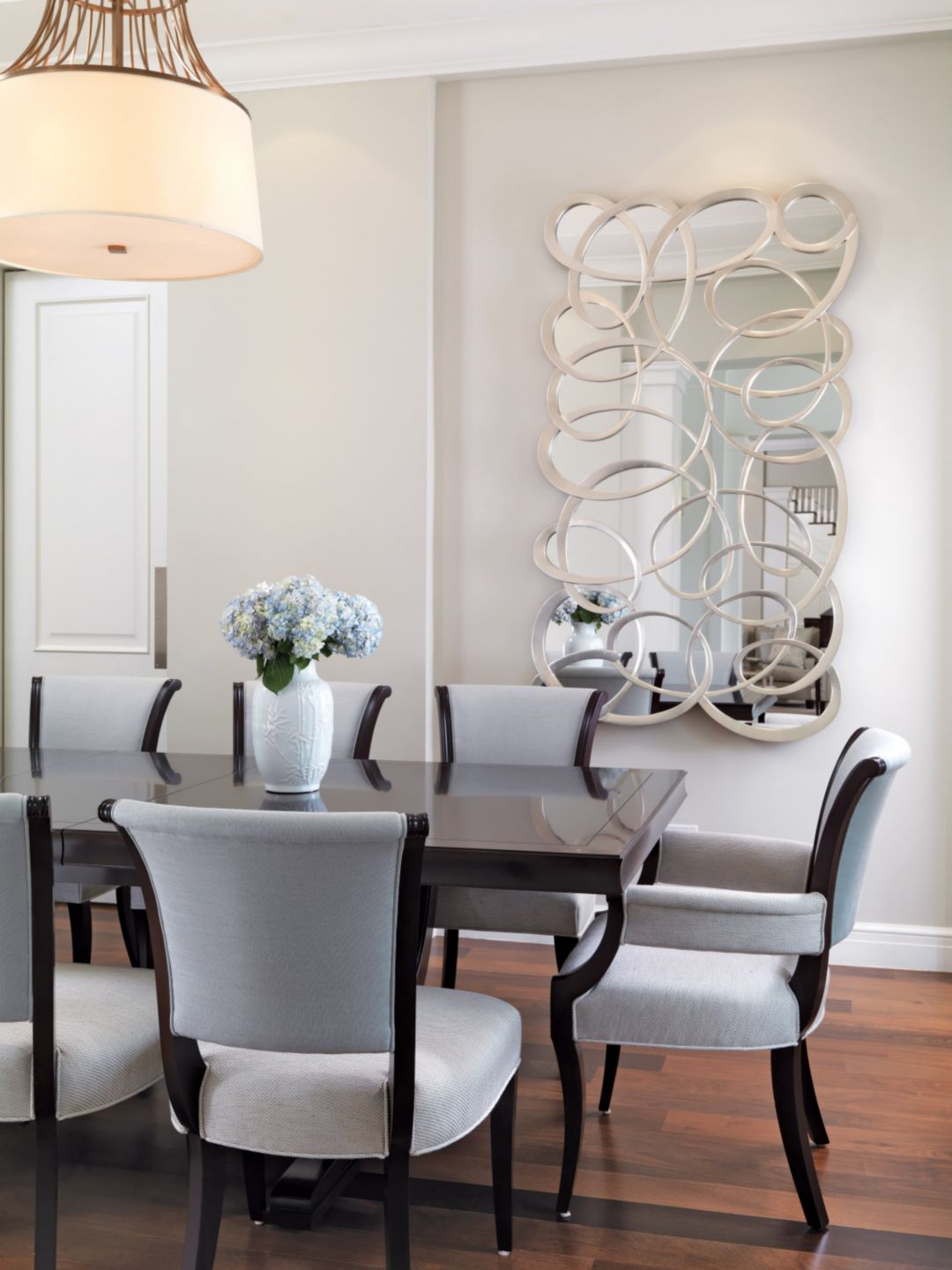




/MyDomaine_ColorPalette-Neutral-2-3590678b1c9143e28dd6b536f0a1e008.jpg)


:max_bytes(150000):strip_icc()/MyDomaine_ColorPalette-Neutral-1-fe9a91dcf8814904a630a0d928216bcd.jpg)
/Lee-Edwards-Getty-Images-56a5ae653df78cf7728968ec.jpg)




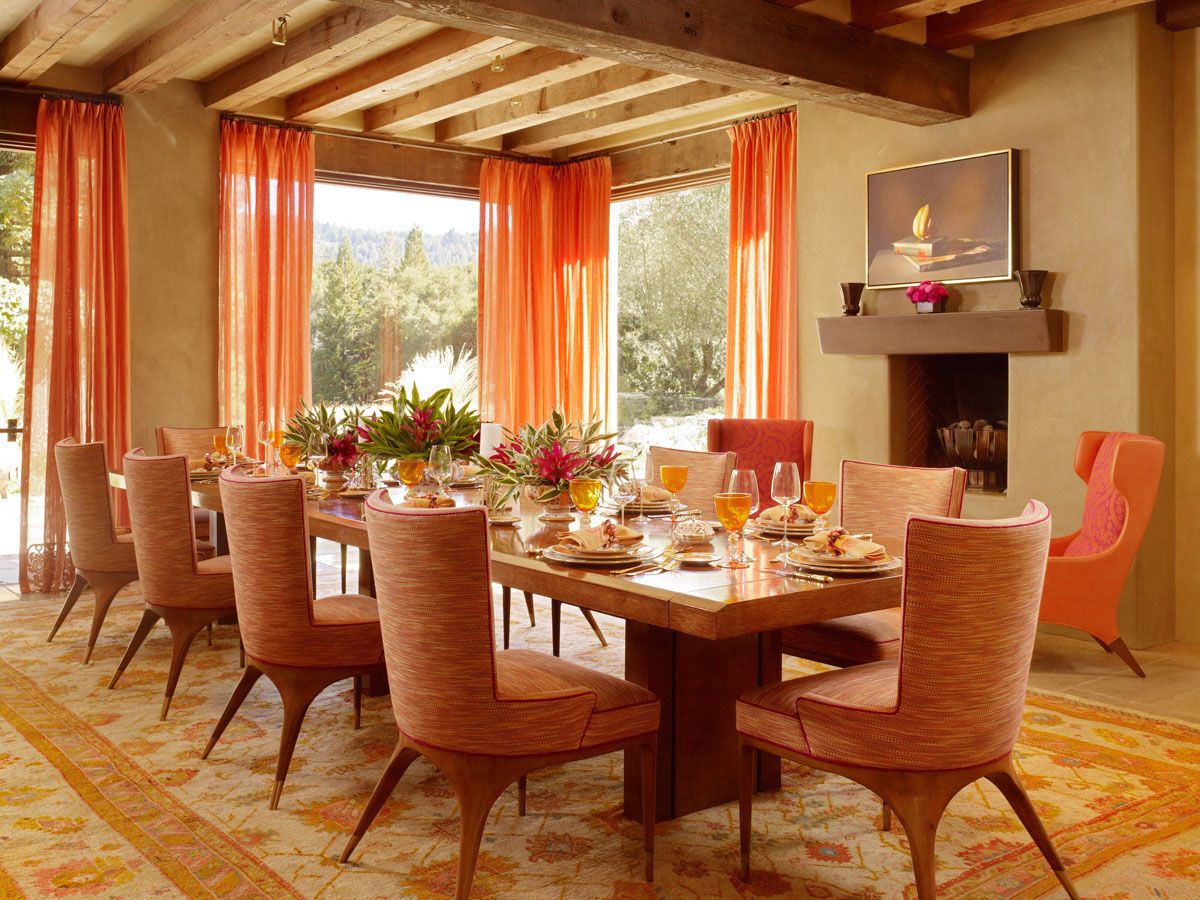


/Homedecorwarmcolors-GettyImages-640896866-596fcc88af5d3a00110c5931.jpg)





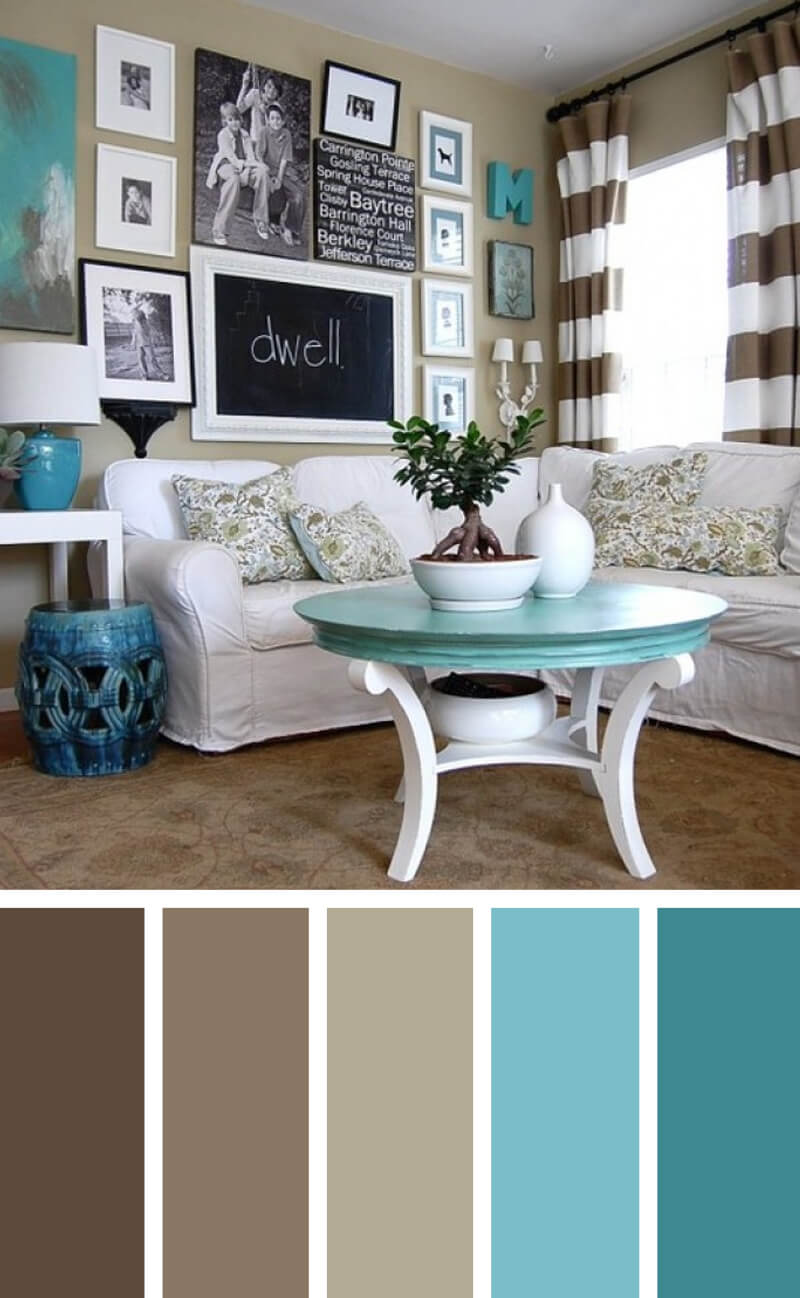
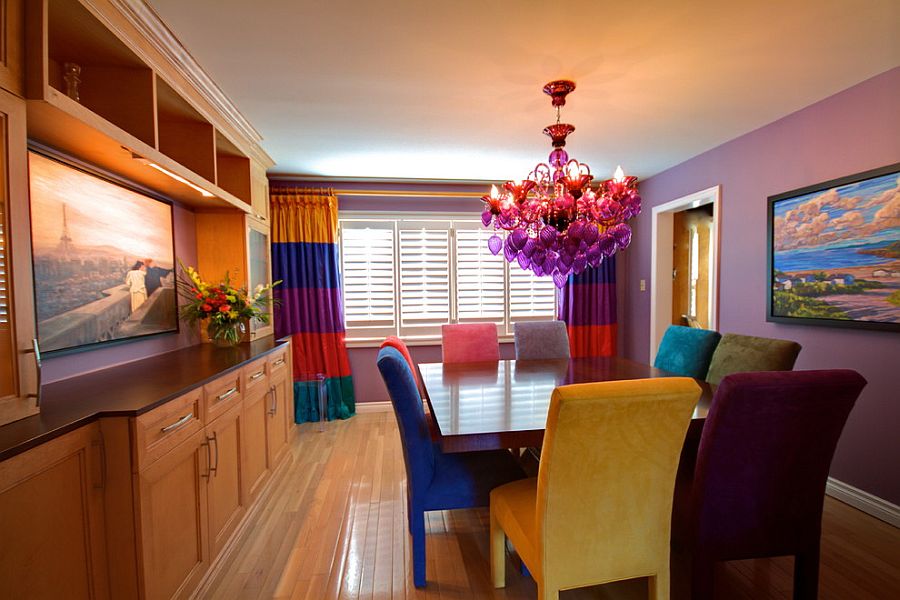
:max_bytes(150000):strip_icc()/Litchfield_BeresfordHill_025-5b89787fc9e77c00258aa53c.jpg)




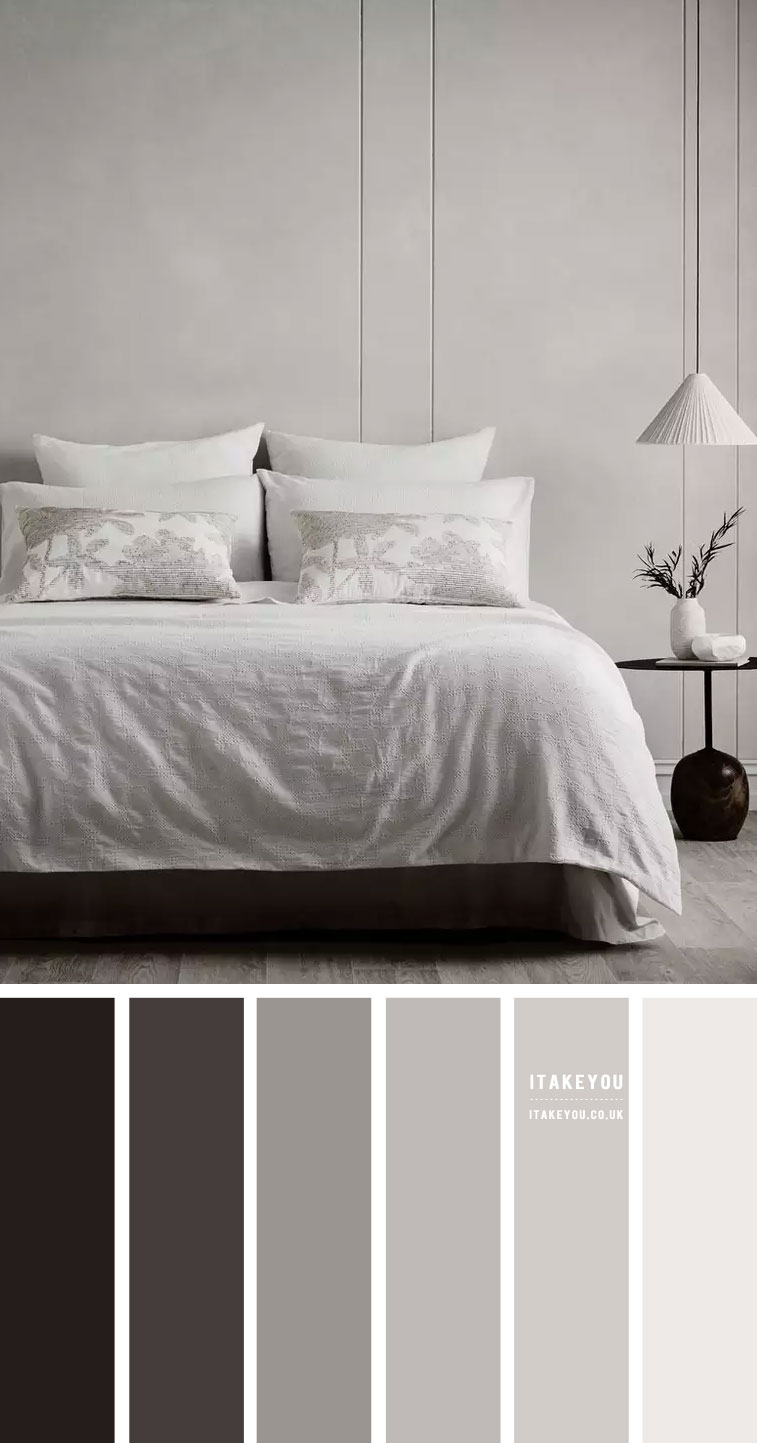

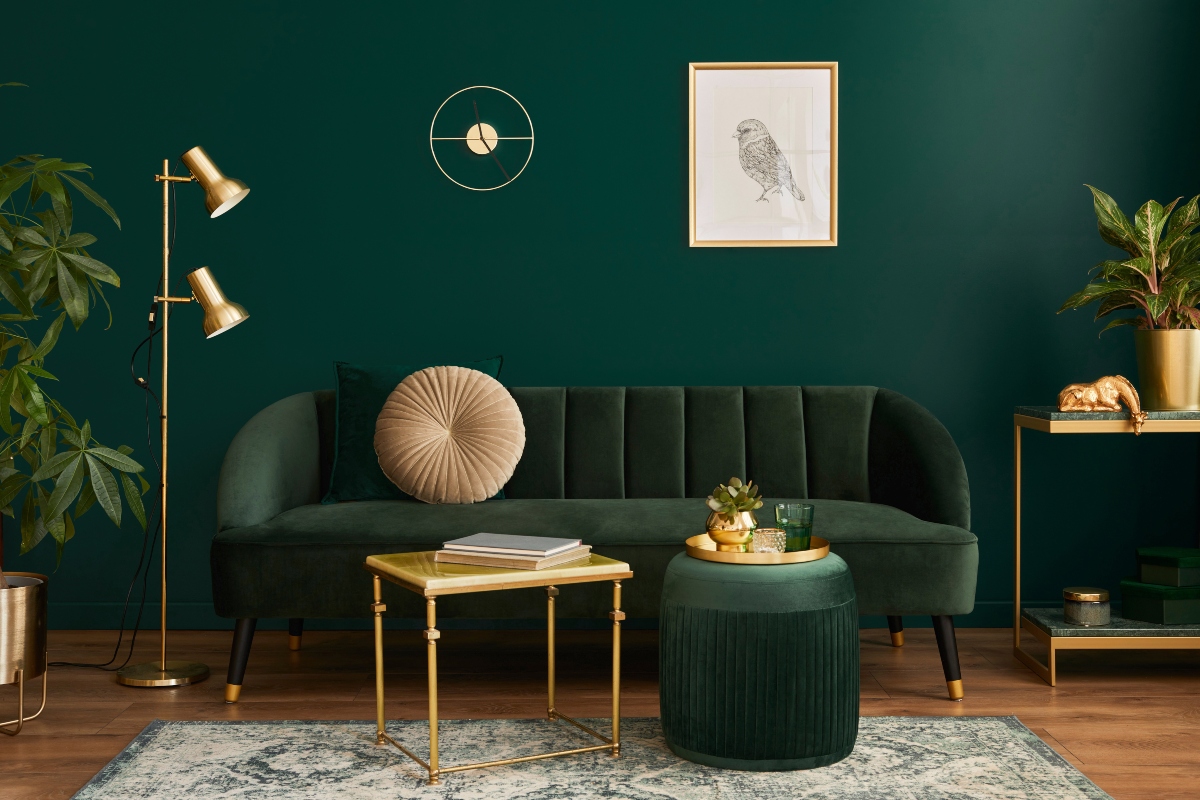

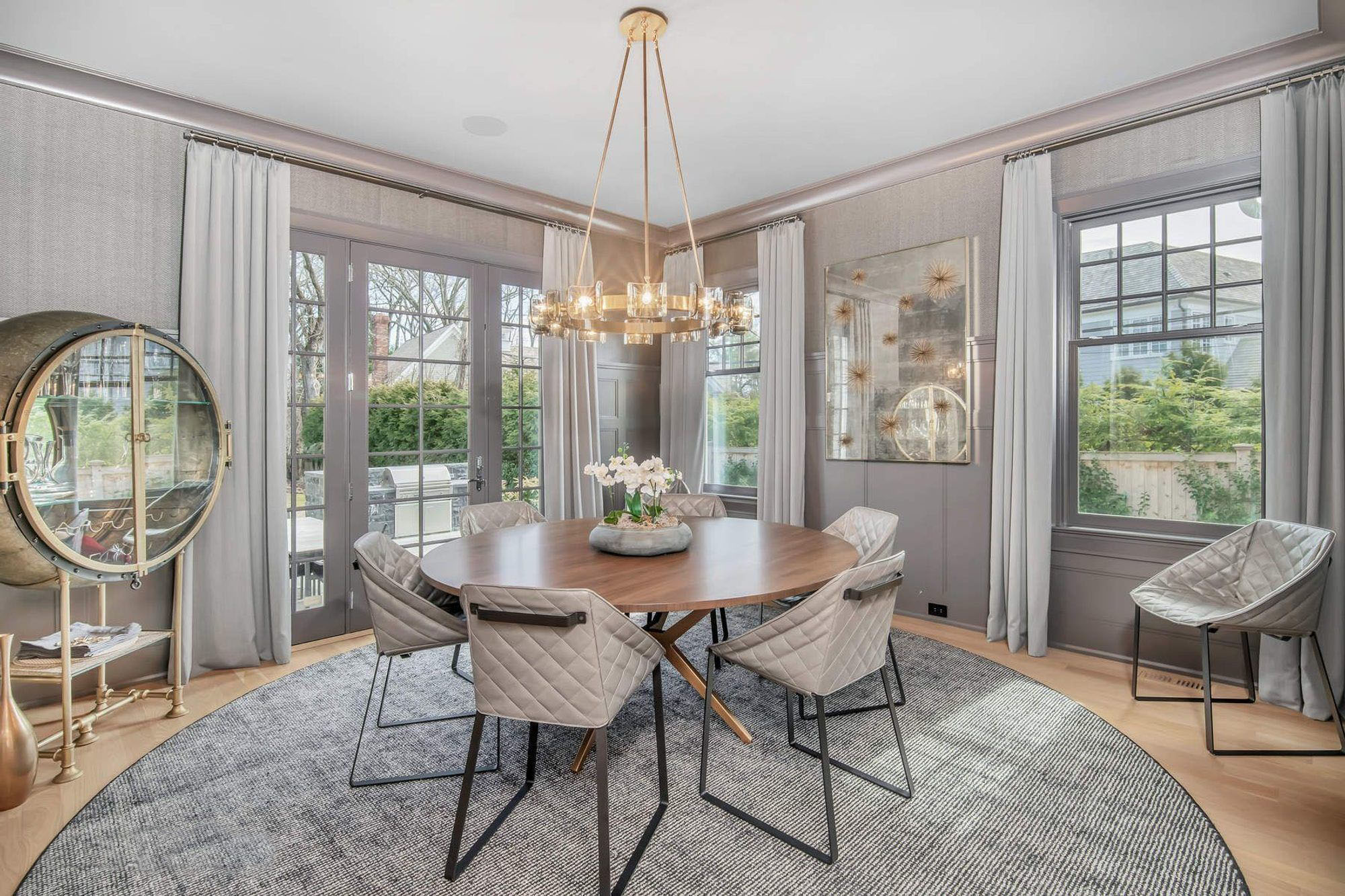
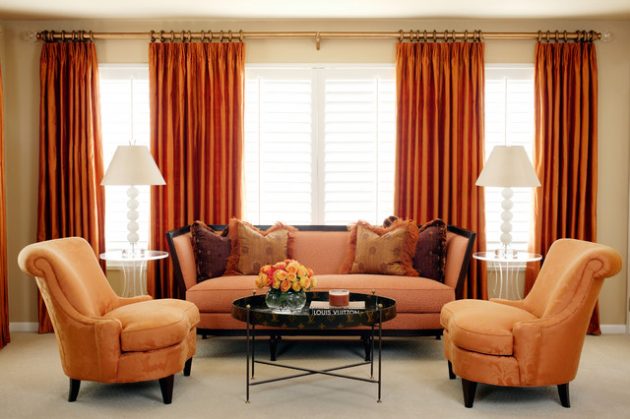
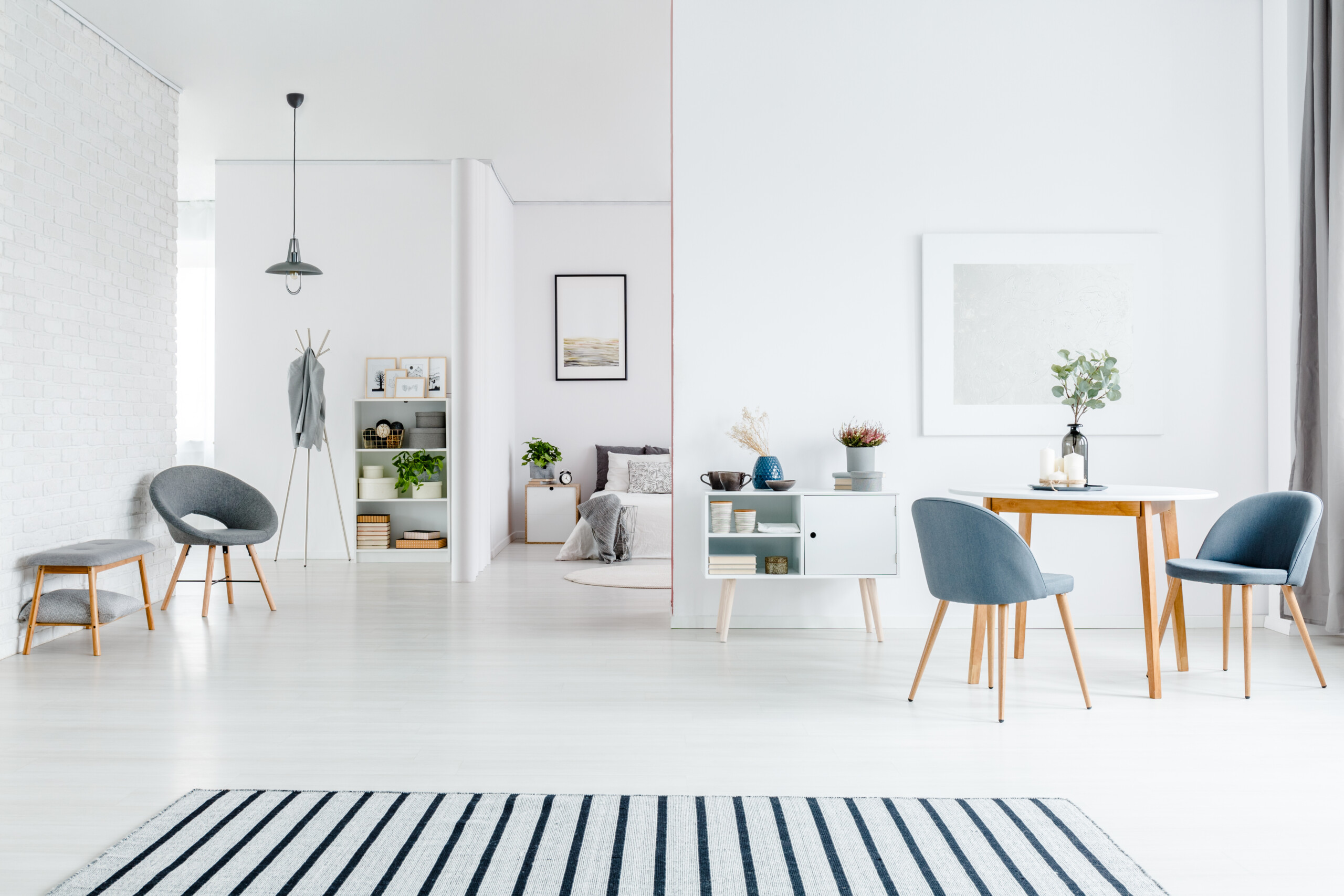
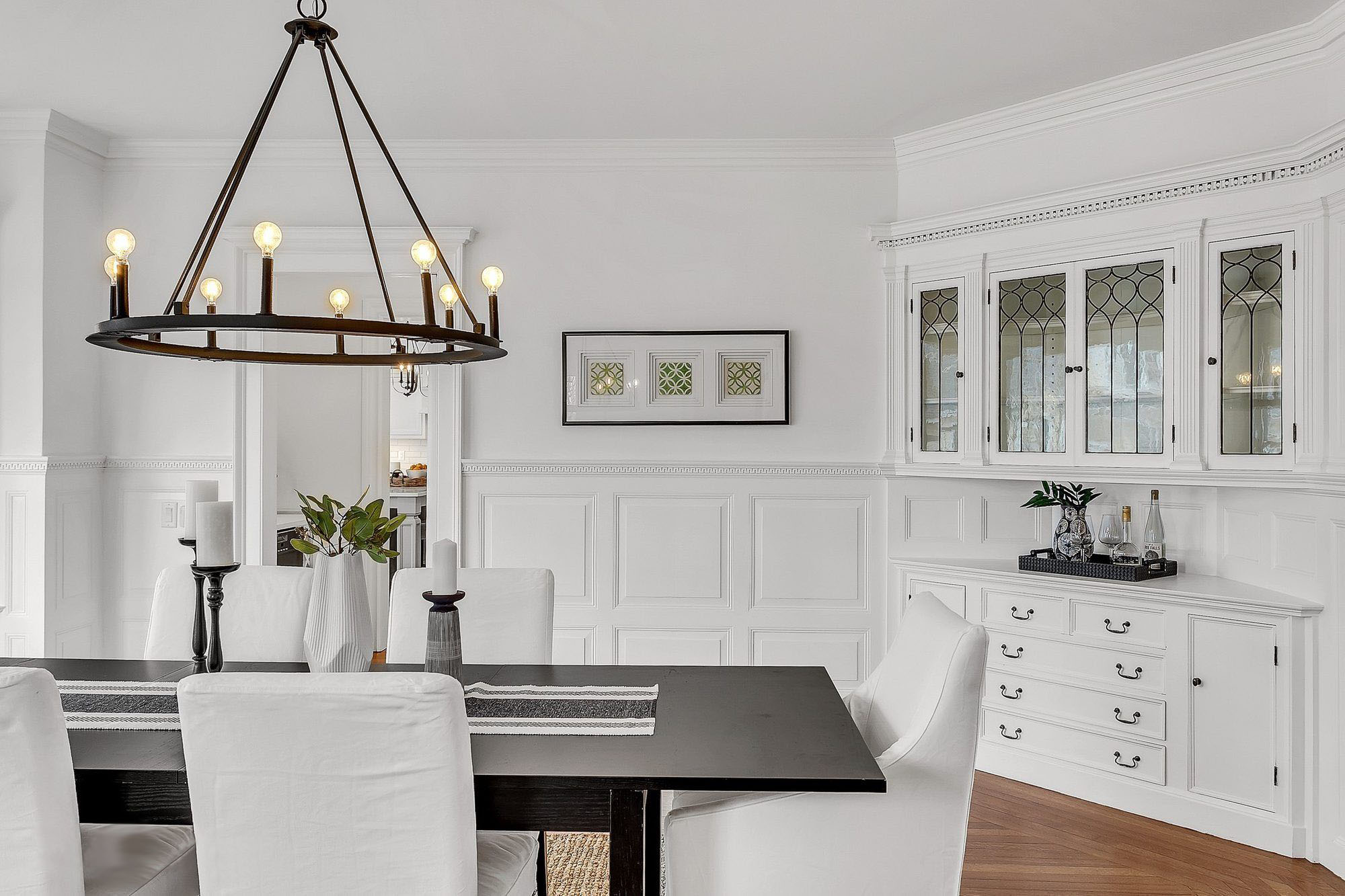

:max_bytes(150000):strip_icc()/monochromatic-color-schemes-4161034-hero-f184b9142e634c9f88e9561a84c07fb9.jpg)




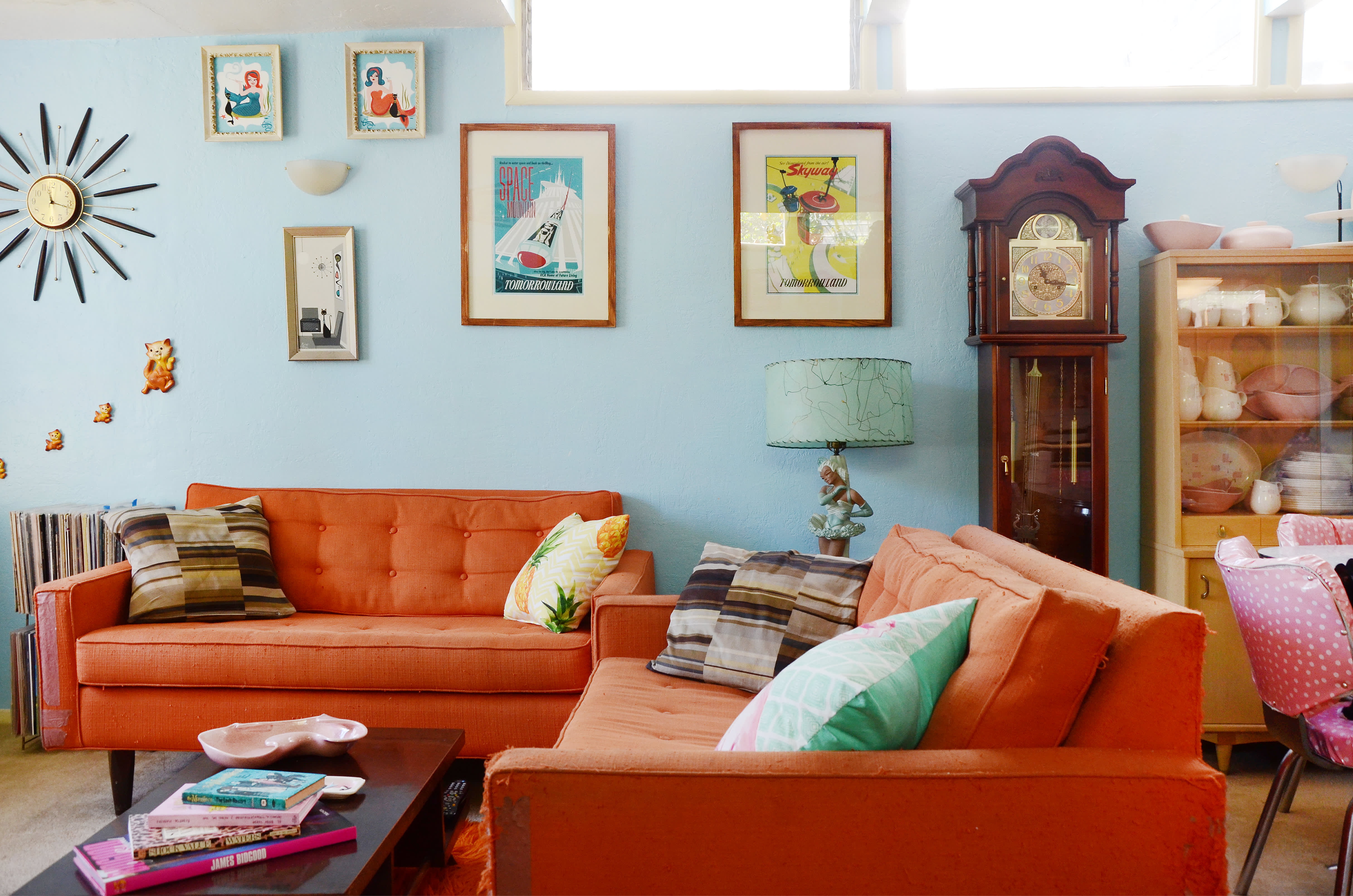





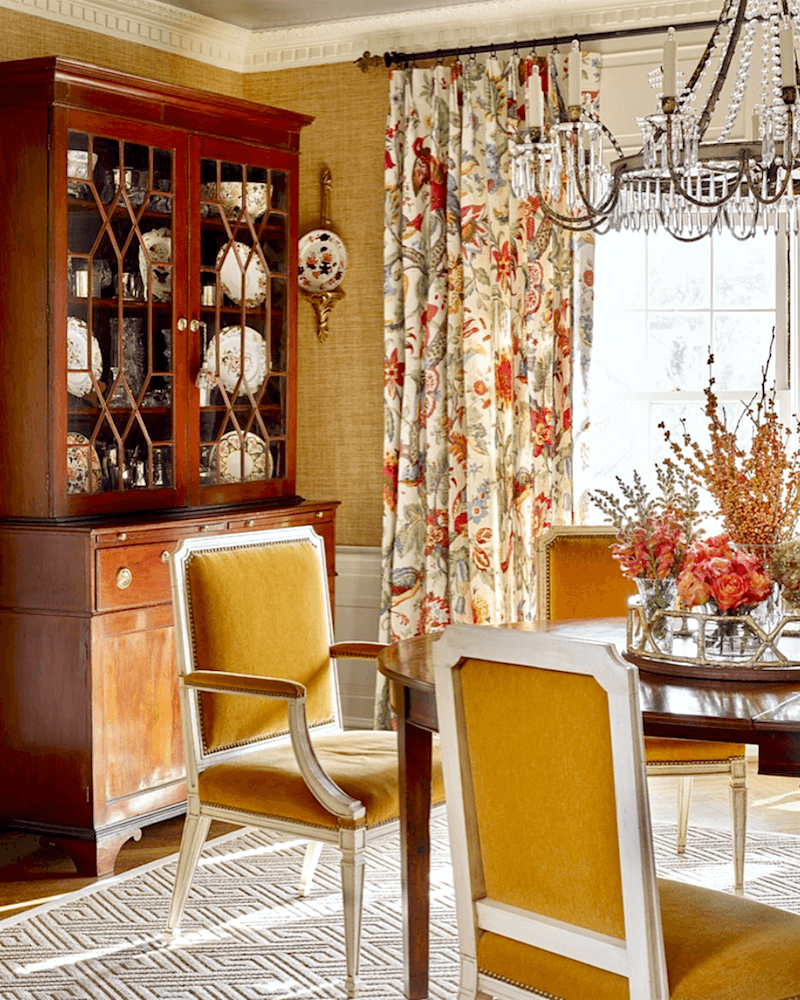



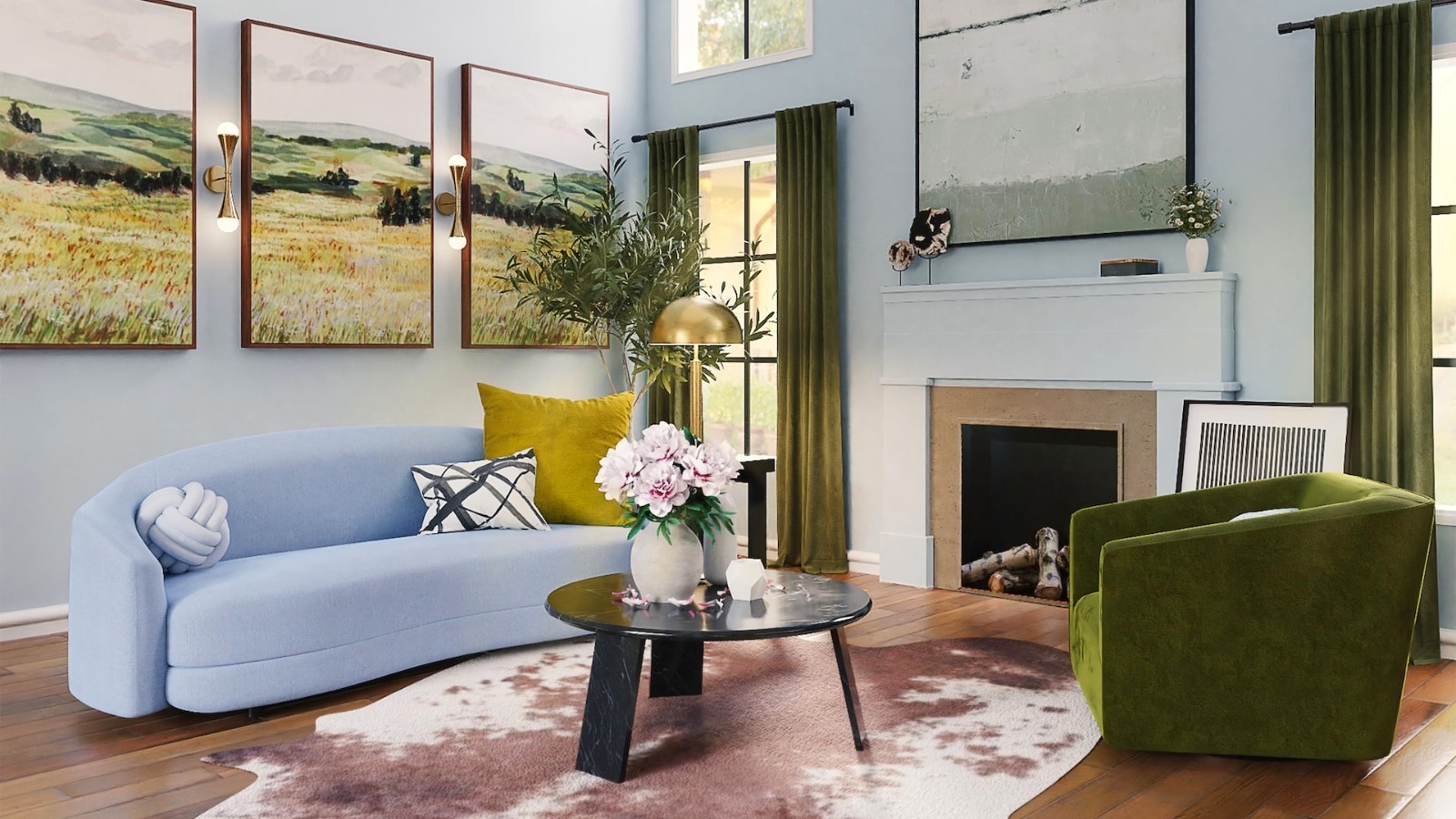








:max_bytes(150000):strip_icc()/greyhuntinteriors-7b960d6abb364e09b2b6dc7aea94530f.jpeg)


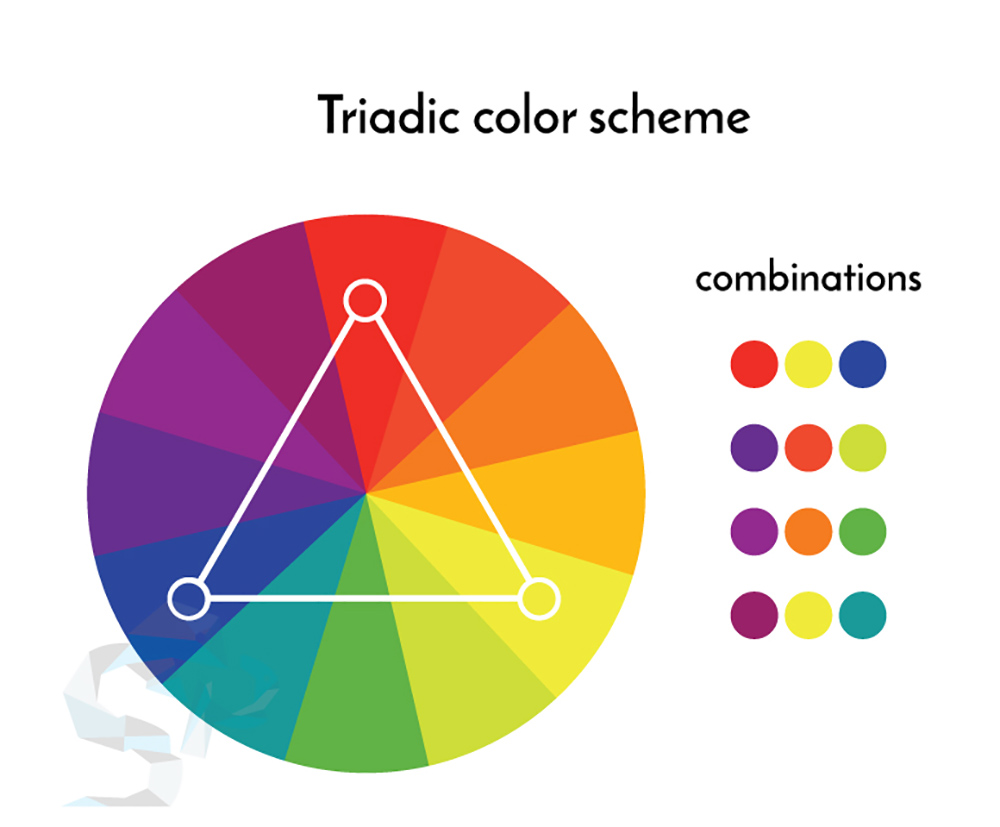



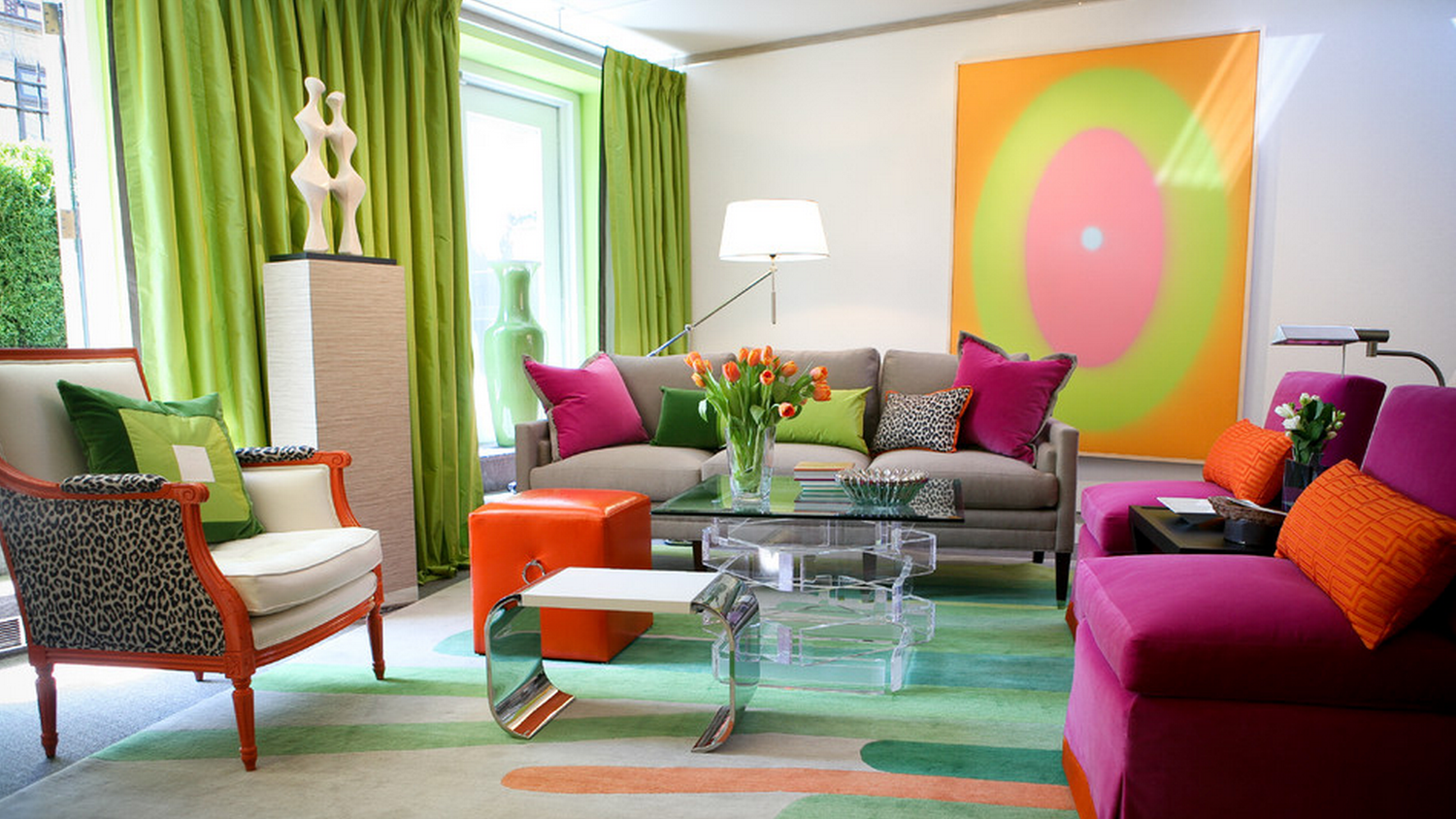









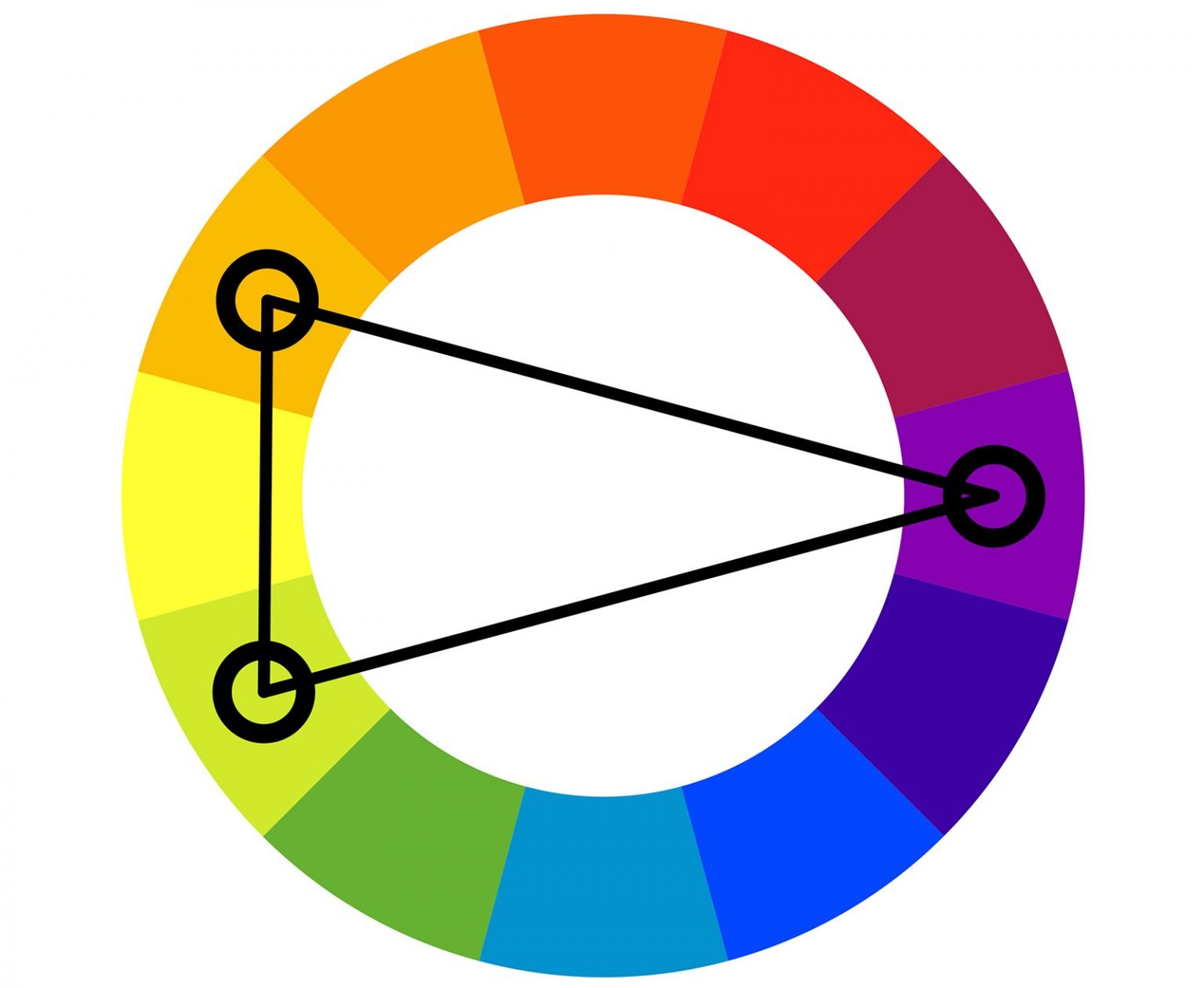
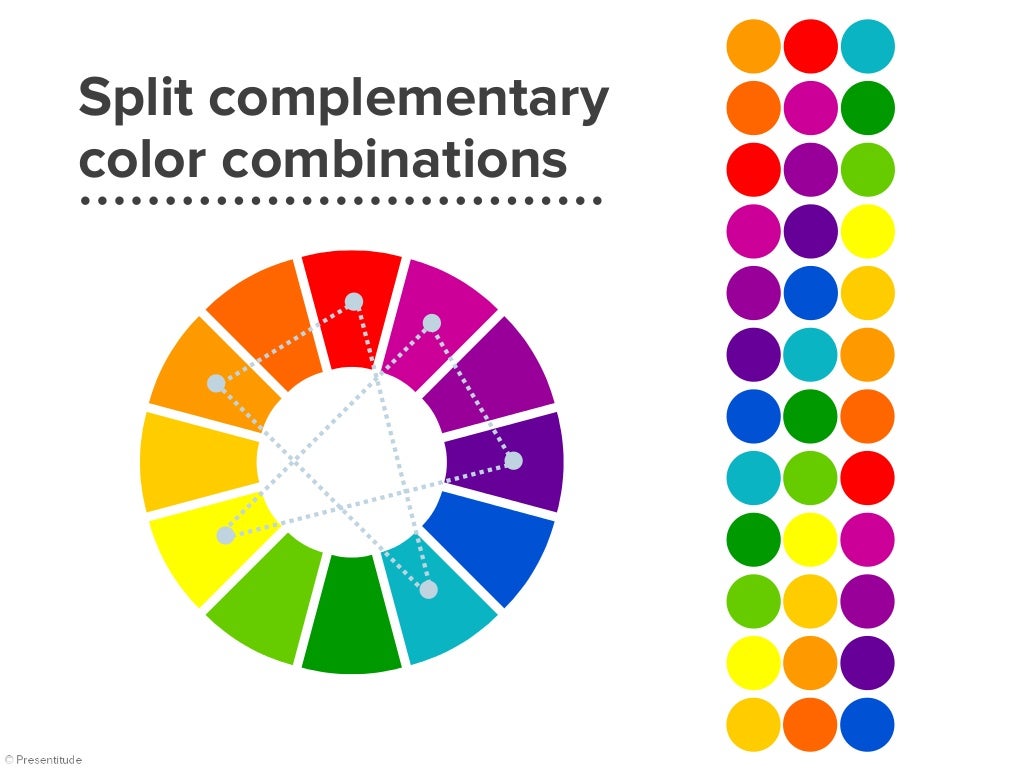

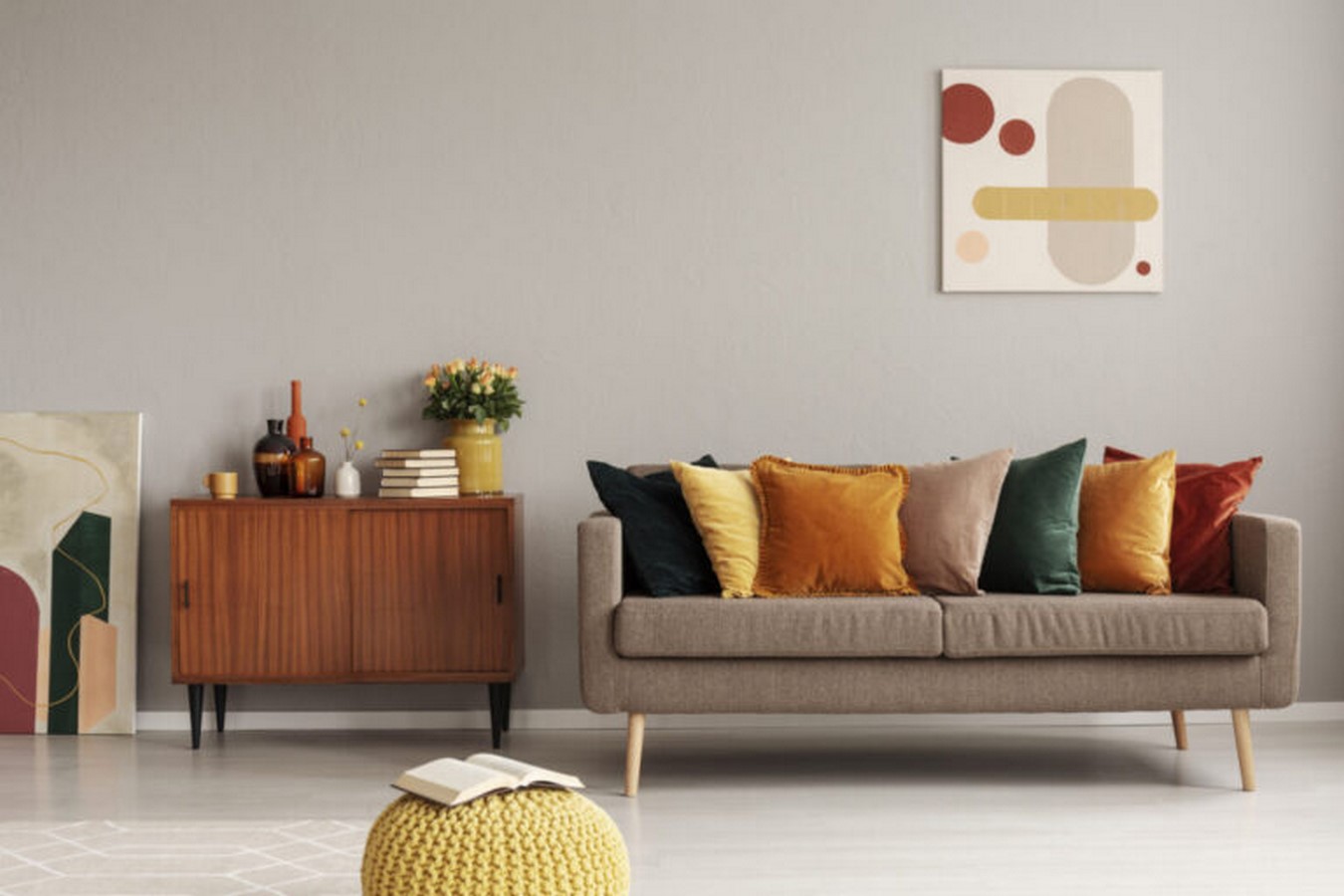






/living-room-color-scheme-photos-452696-hero-48e8426dd0ab43468b07596d3a039fd1.jpg)






